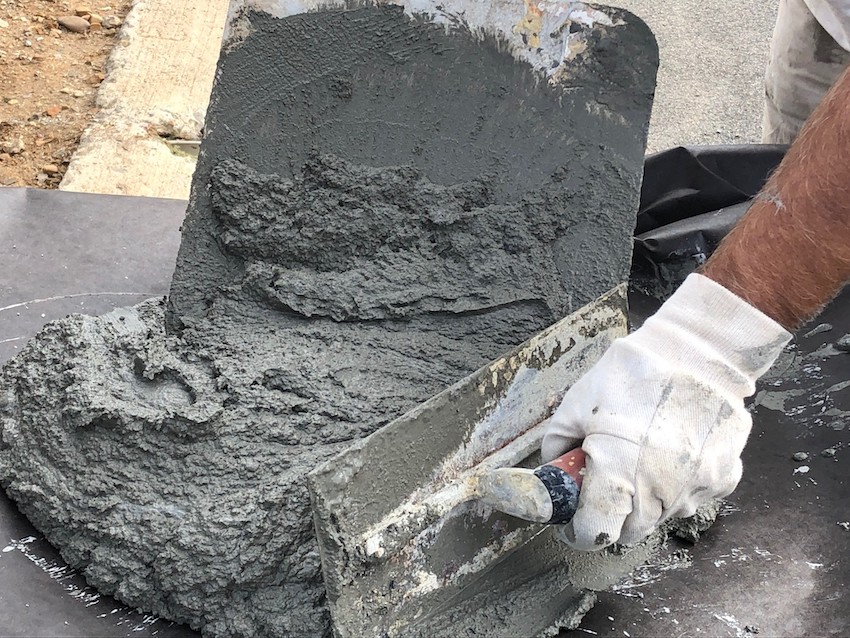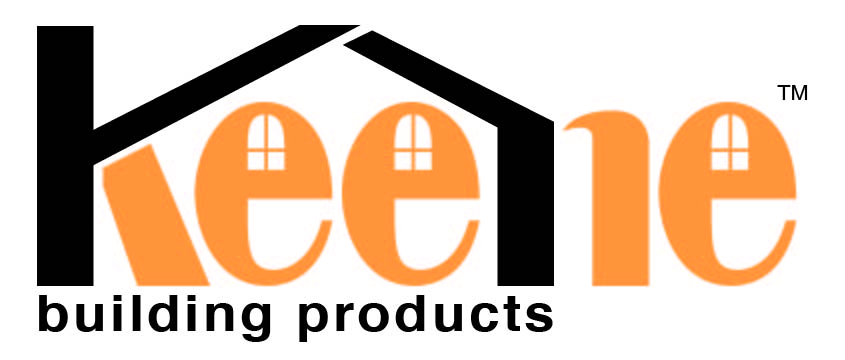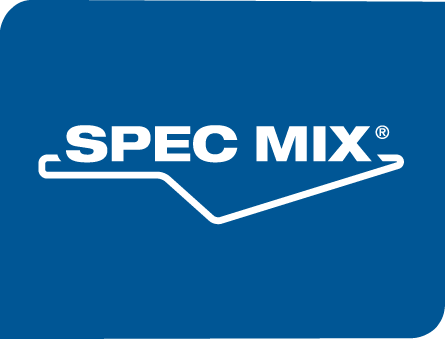Three Coat Stucco—Specify it Right & Make it Work
Sponsored by Keene, Plastic Components, Inc., Quikrete, Spec Mix, and Structa Wire
Learning Objectives:
- Identify features and characteristics of hard coat stucco systems, including options, moisture management, crack suppression, mold prevention, fire resistance, recommendations for fire prone areas, and possible Energy Code and Life Cycle Cost Analysis issues.
- Illustrate basic detailing for stucco, including weep screed, head of wall, saddle flashing, kickouts, etc.
- Identify different finishes, cement versus acrylic, including pros and cons of each; texture options, including improving smooth trowel finish; and decorative foam shapes with options.
- Explain the differences between proprietary and generic assemblies as well as system selection related to codes and standards.
Credits:
As an IACET Accredited Provider, BNP Media offers IACET CEUs for its learning events that comply with the ANSI/IACET Continuing Education and Training Standard.
This test is no longer available for credit
This course covers the codes and standards related to three and two coat portland cement plaster (stucco). Industry accepted practices and troubleshooting will be covered. A discussion on rainscreen and continuous insulation, as well as Energy Code compliance issues for cement stucco will be covered as well.

Photo courtesy of the Stucco Manufacturers Association

|
Mark Fowler is the Technical Director for two trade associations. He is also the author of the Stucco Resource Guide and the Drywall and Plaster Manual. Mark is the Project manager at Soltner Group Architects and an industry expert for the California State License Board—C 35 (Lath and Plaster). He is also an ASTM organization group member. |
Originally published in December 2020












